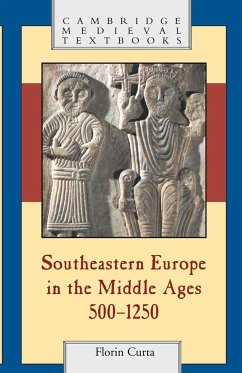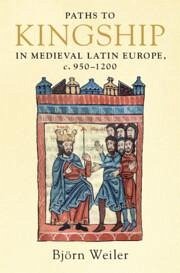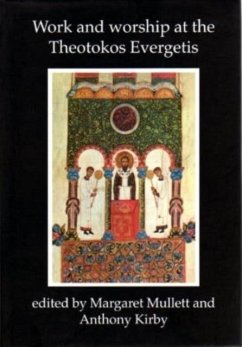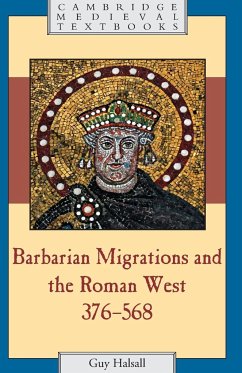
Germany in the High Middle Ages, c. 1050-1200
Versandkostenfrei!
Versandfertig in 1-2 Wochen
54,99 €
inkl. MwSt.

PAYBACK Punkte
27 °P sammeln!
Germany in the High Middle Ages opens with a wide-ranging and yet detailed description of the conditions and changes under which men lived and their attitudes of mind during the period 1050â 1200. It explains how new classes emerged, universities were founded and how Germany rose and fell as a major empire.














